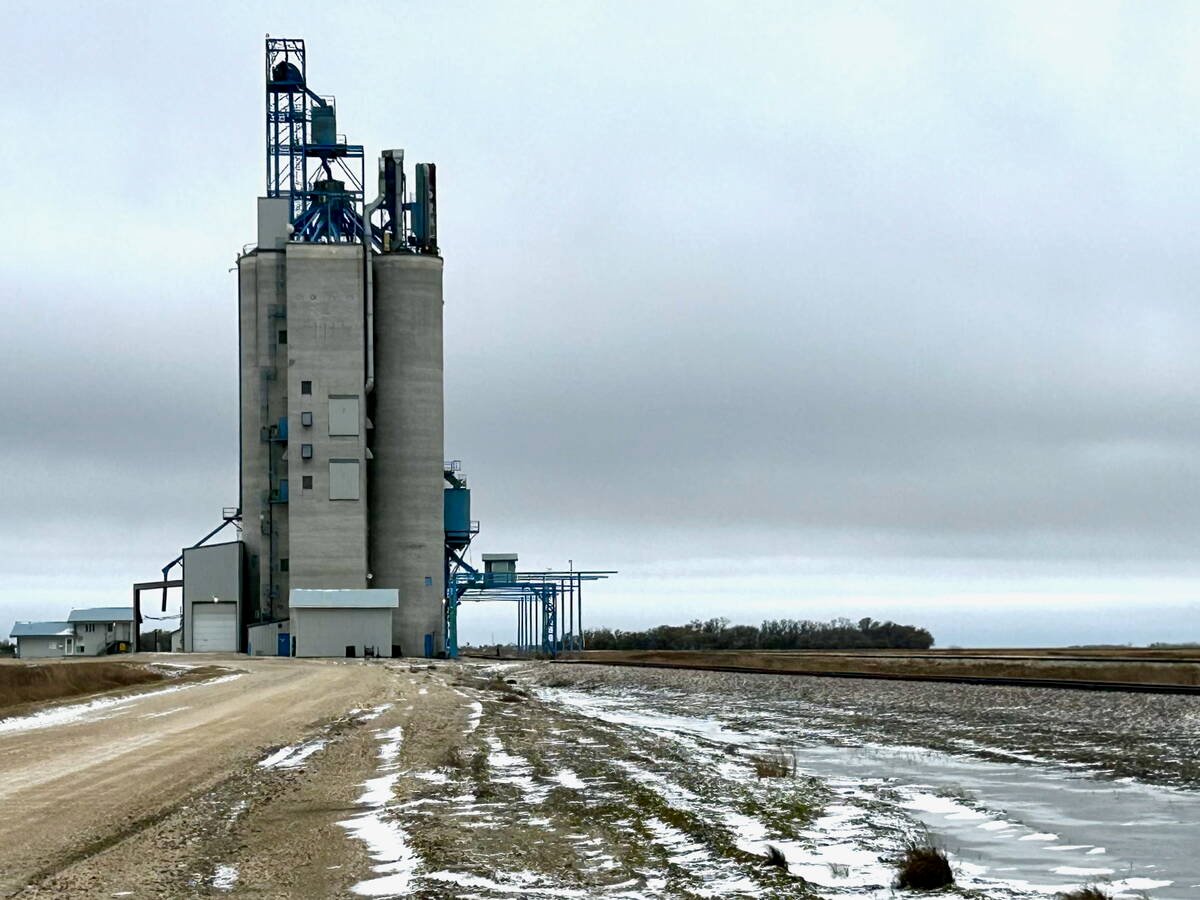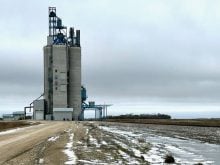The crops are thin and patchy. The roots and stems of the plants are eaten before they poke through the dry ground.
All signs point to the work of wireworms, said farmer Doug McRae of Pincher Creek, Alta., who was forced to reseed the barley crop affected by the pests this spring.
Painstaking searching and sifting through the top few centimetres of soil often finds the worms curled up in a ball, he said.
“We’re picking them up all over the place, mostly on the knolls. The damage is significant, said McRae.
Read Also

Manitoba grain elevator ownership expands
Carman-based Linear Grain buys Fannystelle elevator from Bunge, another three elevators sold to Morden’s BP & Sons Grain and Storage Inc.
“They’re wider spread than first thought.”
He said wireworms have been a problem in the past, but became a bigger one this year when the use of lindane-treated seed was banned because of concerns raised in the United States.
“We’re seeing the full extent of what happens when you let them go wild.”
McRae, who also sells fertilizer and does field scouting for area clients, said deep-seeded plants seem to be most affected.
He said the crop generally is less vigorous than normal and more vulnerable to these pests because of the cool, dry spring weather.
Wireworms are not new to southern Alberta but their numbers appear to be up this year.
Crops in other prairie regions are less advanced than those in southern Alberta, so are not yet reporting infestations.
Manitoba has escaped the worms to date, but John Gavloski, provincial entomologist with Manitoba Agriculture, is not ruling out seeing them.
“It’s still early to be thinking we’re out of the woods,”‘ said Gavloski.
The cool, wet weather has delayed the hatch of grasshoppers and flea beetles although pockets of cutworms have been reported.
In Saskatchewan, wireworms have become an increasing problem in the last two years in the Cupar, Central Butte, Lafleche and Saskatoon areas. Crops are delayed because of poor growing conditions, making it difficult to tell how many fields will be affected.
“There’s not a lot of stuff up yet,” said Scott Hartley, provincial specialist for insect and pest management with Saskatchewan Agriculture.
He is unsure what is causing the increased incidence of wireworms in Saskatchewan fields but is not ready to blame it on a lack of seed protection this year.
He said wireworms are more influenced by the environment, noting the larvae can live in the soil for up to 11 years.
“With insects, it’s a question of environmental factors; you can’t pin it on seed treatments,” Hartley said.
Last week, a seed treatment for wireworms called Syngenta Cruiser became available, said Scott Meers, Alberta Agriculture’s pest risk management specialist at Brooks, Alta.
“All indications are that it works very well,” he said.
Meers said Alberta has seen sporadic outbreaks, with wireworms devastating one field and leaving the next one untouched. He said the pests take flight as adults, increasing the likelihood of their moving into new locations.














